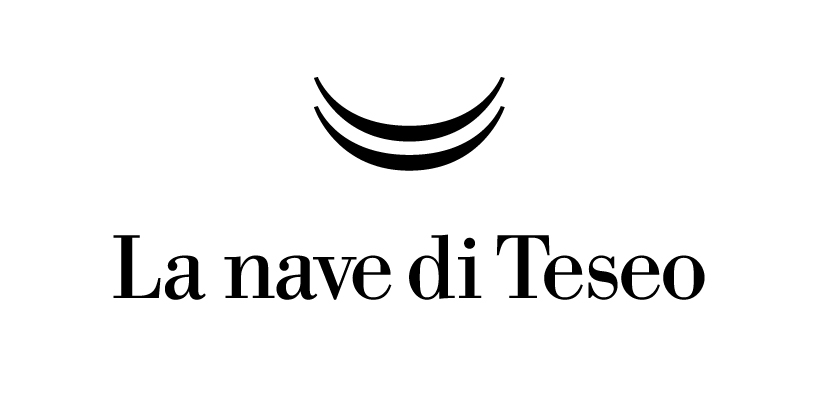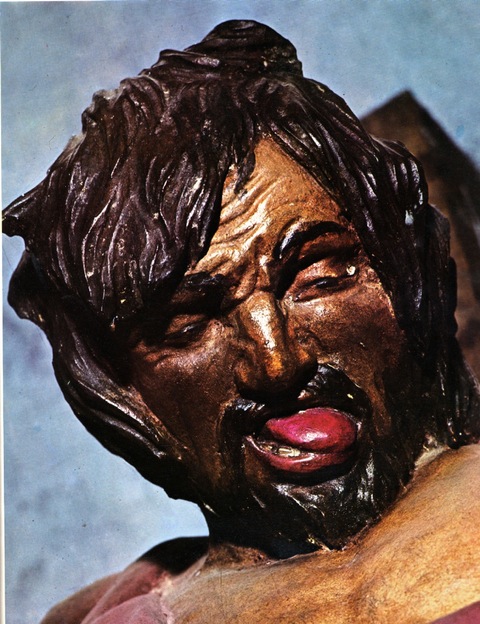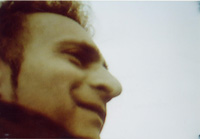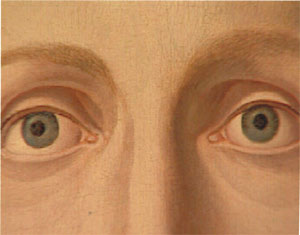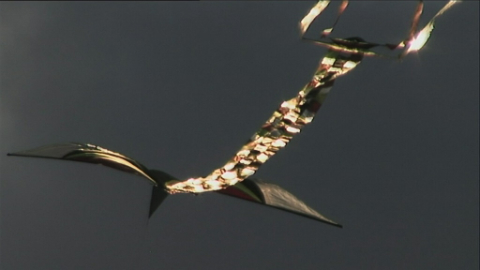FORGETTING TIZIANO - GIROLAMO ROMANINO A PISOGNE
2010 / 25’
- direction by Elisabetta Sgarbi
- helpdir Eugenio Lio
- photography by Daniele Baldacci
- editing by Luciano Marenzoni
- production by Betty Wrong
- Luca Volpatti
- music by Guillermo Vaz, Gorge Crumb, Olivier Messiaen
- texts: Giovanni Testori, Vittorio Sgarbi
In collaborazione con Fondazione ASM
Girolamo Romanino had worked in Trento, with the intention of going back to Brescia. Yet Moretto power and prestige, prevailing at the time, put off the appointment with his city. And then came a minor commission in Valle Camonica by the Augustinians of Pisogne, in Santa Maria della Neve. In Pisogne they were getting ready to work at "the throng".
So, away from the eyes of the official language of painting, yet with the bitter and "annoying" glance always directed on it, Romanino exhales an uncommon pictorial force, frescos the walls and the vaults, fill them up with characters and colors of the life of Christ, creates a mad and packed Crucifixion, "fussy and noisy", where the Christ stand out among a crowd of people, horses and soldiers more willing to be at the cheerful country market crammed with people, at the tavern or the stadium rather than at the appointment with God for the Holy Mass.
It's 1532, two decades after the Cappella Sistina; shortly after Tiziano will paint the Venus of Urbino, and Romanino, with only a telluric movement, turns over the sods of his land, transforming them into flesh and blood of the people, forces the masses and horses on the scene, and puzzles the camera while it's trying to follow him; however, Romanino, frantic and accurate, doesn't let himself be caught, and keeps giving voice and shaping the chaos, unafraid to face up to it.
And the scene of that Crucifixion swallows as the camera lingers over it; the camera seems to control the restless noise of the folk (of course, also the devils with their tongue hanging out, the fat angels, the dead taken out of the Ades belong to the folk); the camera strokes and veils that noise in order to display it; it lights it up and darkens it, in order to let the eyes take a rest and for the first time show them, one by one, those back of horses and peasants crowded around to watch the throat-cutting of a pig or the killing of a God.
 director
director publisher
publisher productions
productions fondazione
fondazione news
news appointments
appointments editions
editions Movies and books
Movies and books
